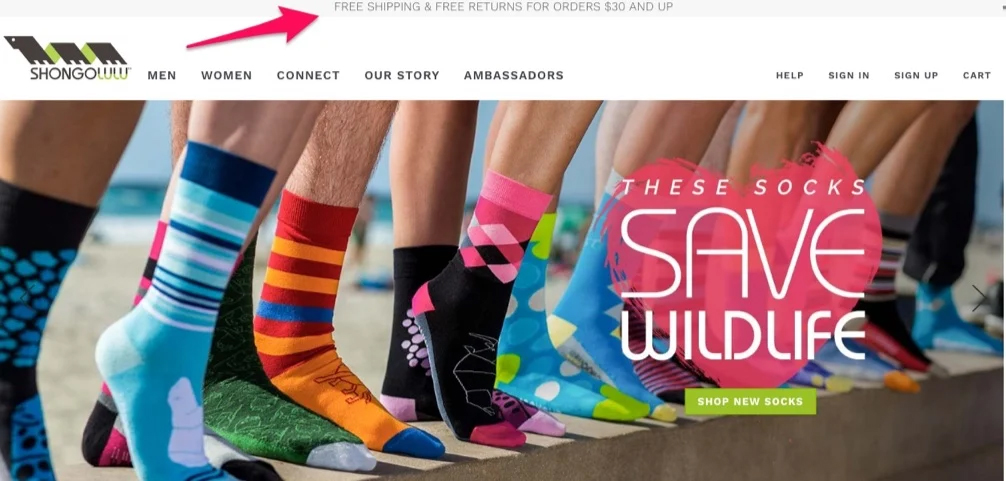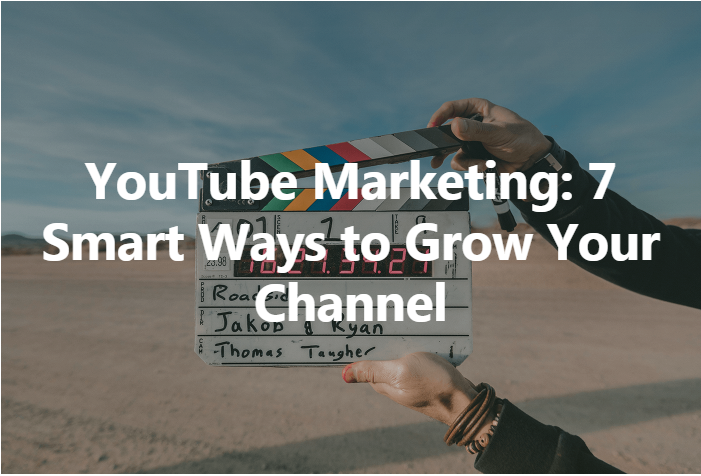
A great content marketing strategy can help any business expand their audience and grow their brand identity. Shockingly, however, many companies are winging their content strategy and hoping for the best. So, if you fall into the category of not having a clearly structured content marketing strategy, then you’ve come to the right place! Within this article, we’ll walk you through 11 easy-to-follow steps to help you build – and sustain – a successful strategy!
1. Set a Goal
A good starting point in your new marketing efforts is to set long- and short-term goals. Let’s say you’ve recently launched a new YouTube channel. Your short-term goal could be to receive 10–15 subscriptions per week, instead of focusing on 100 per month. Eventually, those 10 subscribers will amount to a larger figure, anyway, so it’s better to focus on short-term achievements. Using the same example, your long-term goal could be to drive traffic from your YouTube channel back to your website and convert these subscribers to loyal customers. Therefore, having a clear goal in mind will help you narrow down your goal and strategise more effectively.
2. Audit Your Existing Content
It’s likely that you already have an array of valuable content. So, before you start building a new content marketing strategy, you should review and audit your existing content by using different analytical tools to determine what’s worked and what hasn’t. To check website content, you can use a reliable tool like Google Analytics, Moz, Ahrefs or SEMrush to identify popular keywords that you’re ranking for, backlinks and page views. In terms of social media, you can use each platform’s insights to review your content and take note of high-performing posts.
3. Determine Your Target Audience
Depending on the goal that you set in Step One, you’ll need to determine the audience that you’re planning to target. To help you reach the correct audience, use analytical tools to identify your viewers’ age, gender, location, income and interests. That said, your user profile may differ slightly to your website’s target audience if you’re building a specific campaign.
So, let’s say that you want to boost a newly launched product. You’ll first need to identify who your target audience is before you start planning the content and channels that you will use to promote your products or services.
4. Carry Out Competitor Research
Competitor research is a vital step that many marketers often overlook. By conducting effective competitor research, you can identify what type of content your competitors are producing, see what’s working for them and get some inspiration on what you can do to improve what they’re already producing. Not only that, but it will also prevent you from making the same mistakes they’ve made.
For example, your competitor may be sharing links to their articles on Facebook that receive little engagement – this will indicate that this content strategy doesn’t really work, so you can avoid wasting time doing the same and instead focus on creating alternative posts. Conducting competitor research doesn’t only help you build a winning content strategy, but it also helps you confirm that you’ve aligned it with the correct audience. According to marketing guru Neil Patel, ‘many people don’t successfully identify their target market. Competitor analysis is a key step in the audit process’.
5. Identify Keywords You’re Not Ranking For
You’ll most likely be using analytical tools like Moz and Ahrefs to track keywords that you’re ranking for, but are you using them to discover what you’re not ranking for? If not, it’s time to discover where you have a gap in your content strategy and how you can fix it.
To do so, log into your Ahrefs account and go to ‘Organic search’ and click on ‘Content gap’. Then insert the domains of your main competitors in the ‘Show keywords that the below rank for’ area, and your own domain in the ‘But the following target does not rank for’ area. Click on ‘Show keywords’ and just like that, you can find a list of keywords that you need to incorporate into your content strategy to reach a wider audience!
5. Target Channels that Work for Your Brand
Depending on your industry, it’s unlikely that all channels will work for your content strategy, and it would be much harder to keep a unique presence across all outlets. Therefore, when creating an effective content marketing strategy, you’ll need to target channels that work for your brand.
To identify these channels, analyse your current marketing efforts and combine your results with those that you discovered from your competitor analysis. Also, conduct market research to find out what platforms your target audience are using. For example, if you’re targeting millennials, you’ll usually find them on social channels like Instagram and Facebook.
6. Create a Content Plan
Now you’ve conducted all your research and analysis, you need to start building a structured content plan. You can use tools like BuzzSumo and Google’s Keyword Planner to help you map out the type of posts that you want to create and share. You can also conduct a simple Google search to see what other brands have created around your topic and how you can improve it and put your own twist on it. That said, it’s important to follow a few rules when creating a content plan:











